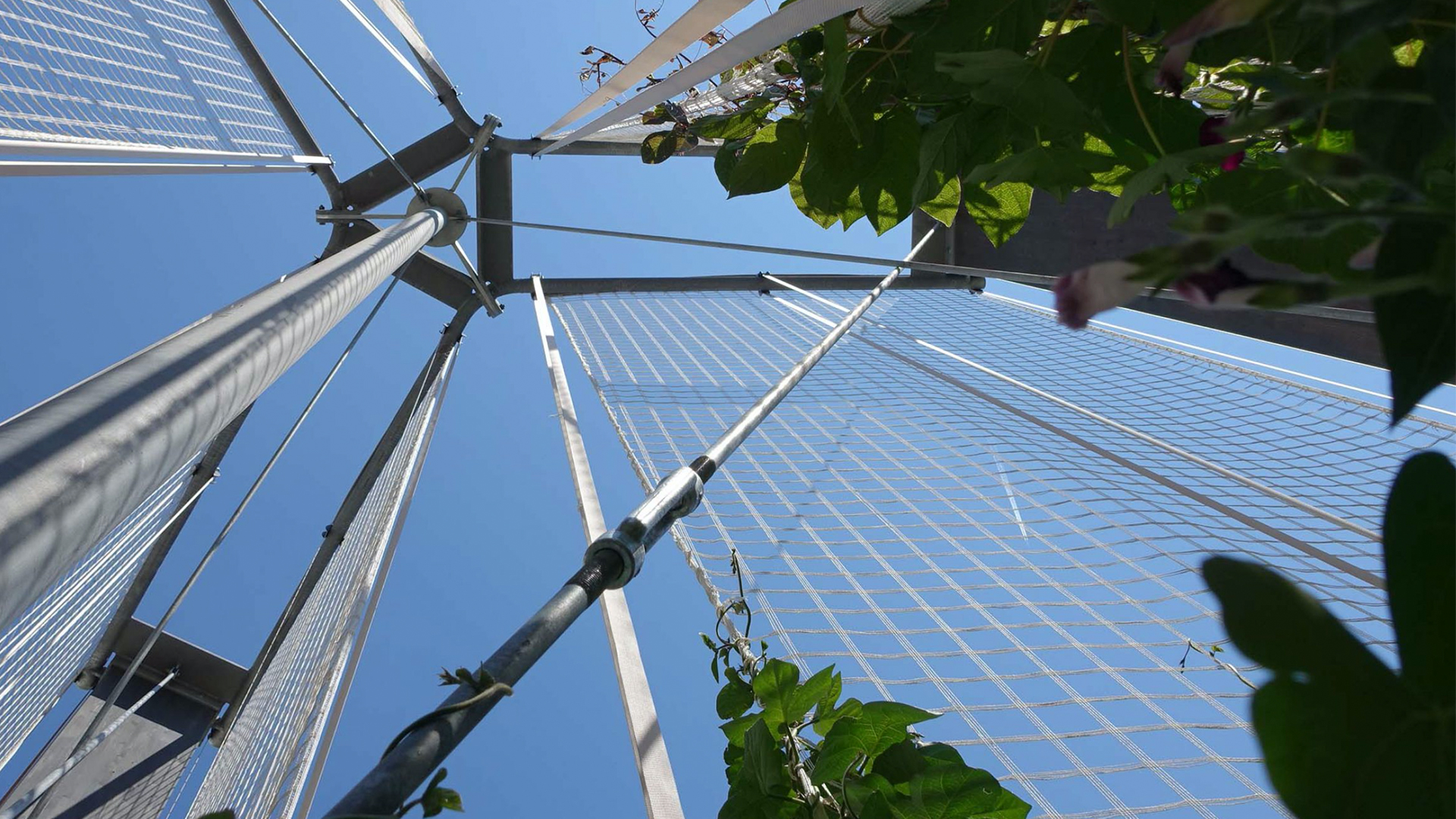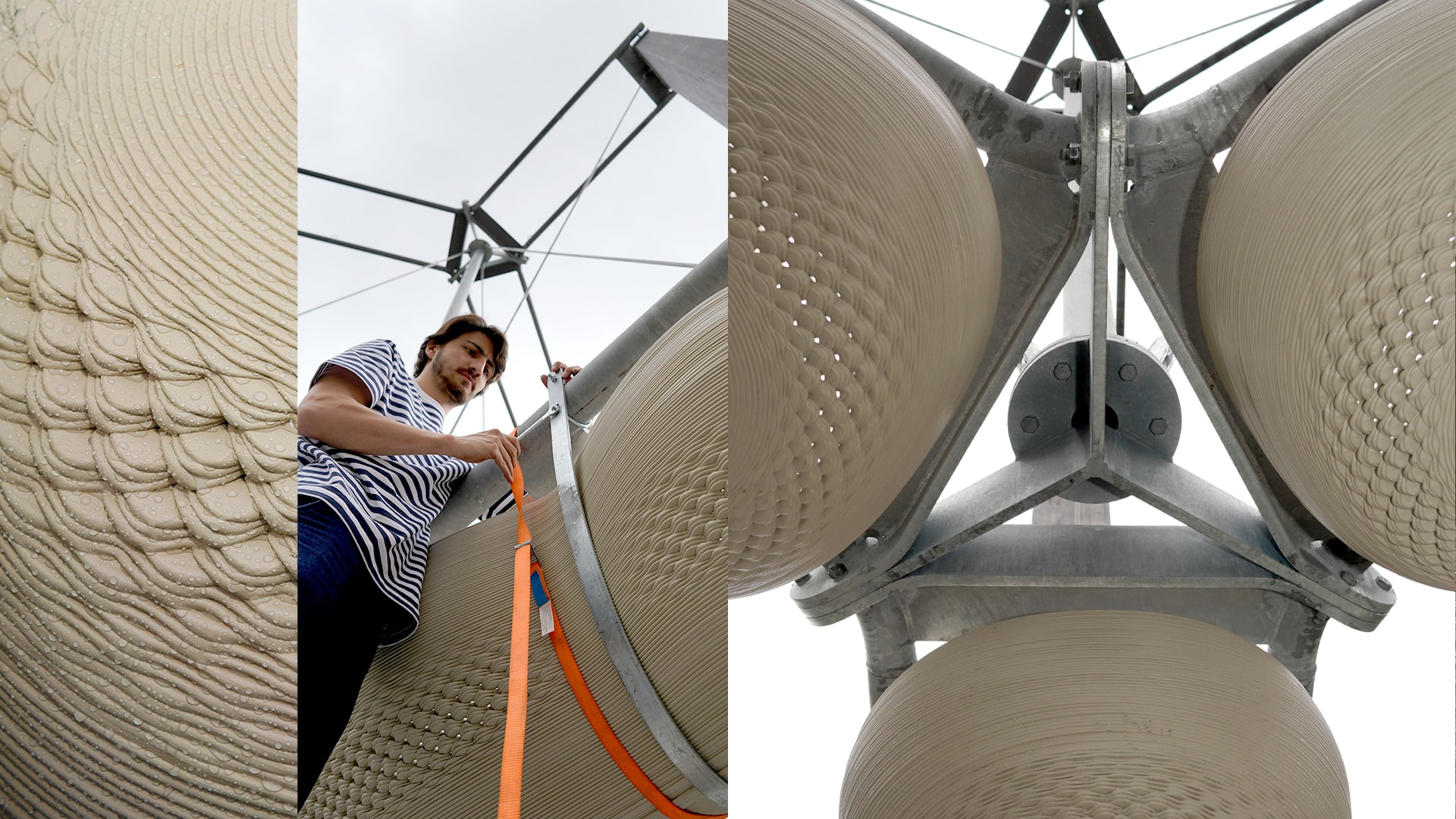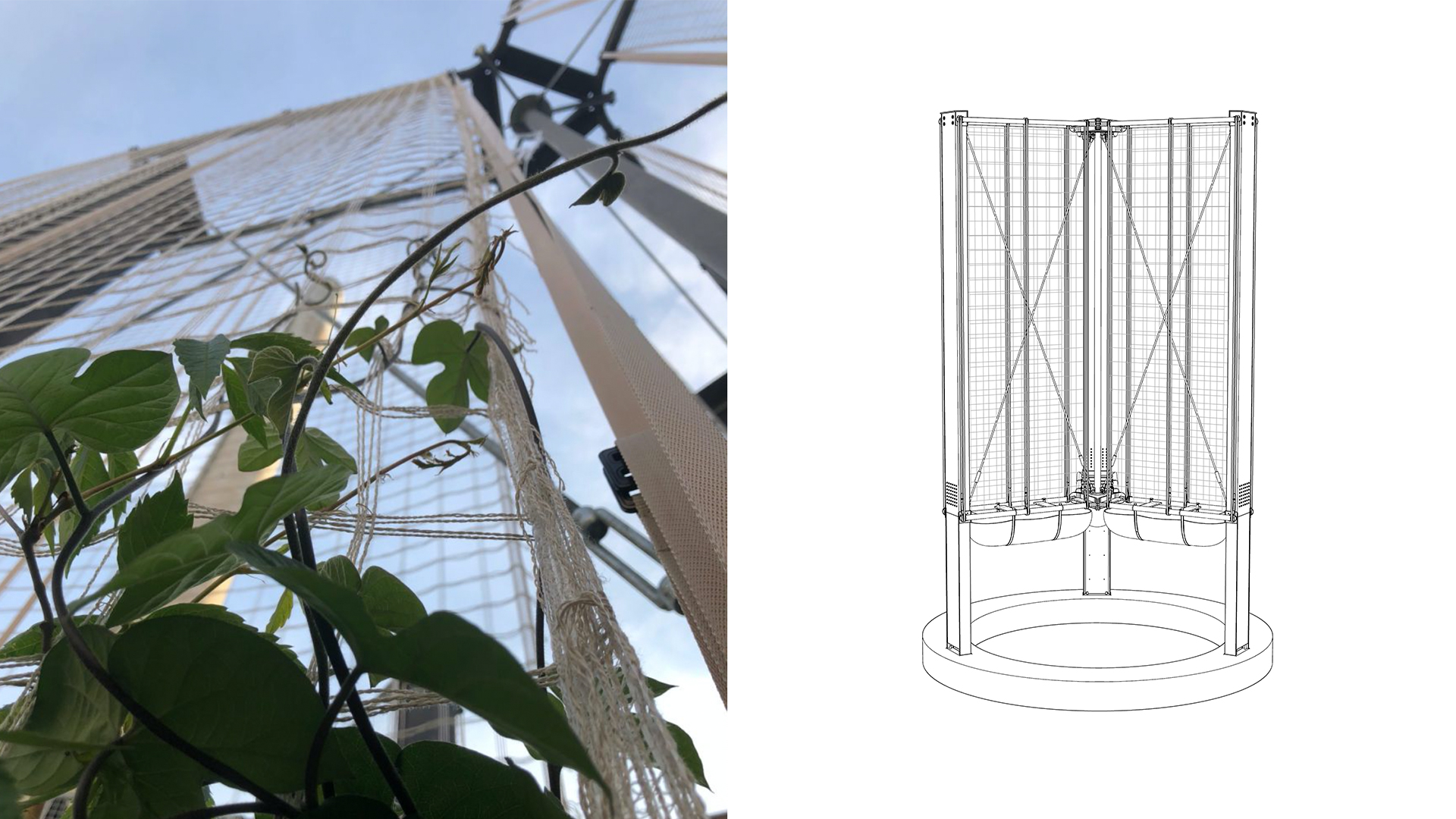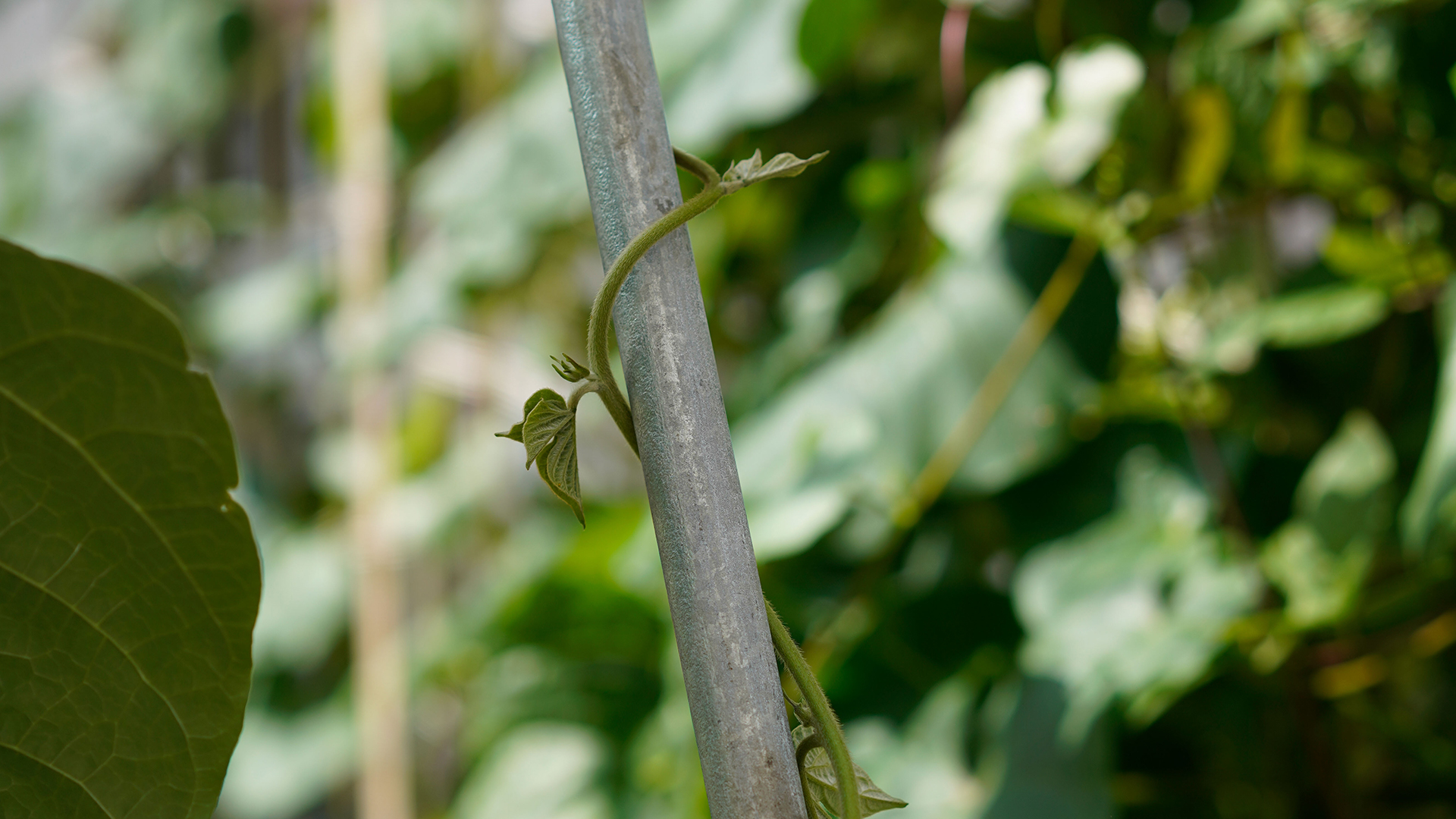

















Climbing for Climate
With the negative impacts of climate change rapidly developing, our cities are becoming increasingly hotter, and the living conditions for the population are deteriorating. Compacted soil, limited budgets, and extensive irrigation are just some of the factors that complicate the implementation of urban greening. As a strategic partner of OMC°C, we have taken on the challenge of vertical urban greening and collaboratively developed a scalable product system with low maintenance planting technology, enabling large-scale greening in urban spaces. Scalability, minimal space requirements, location independence, flexibility, low maintenance, and circularity - all these aspects that raise concerns about urban greenery are ensured with this system.
Details
As key players between serial product design and urban planning, we played a pivotal role in this project. One challenging task was to provide substantial support throughout all phases of product development. The procedural nature of this approach, involving empirical exploration of an entirely new subject, has been tremendously exciting for us and reflects our office mindset. During the implementation of the current prototype, we effectively leveraged our expert network, collaborating with designers and engineers to achieve an optimal outcome that encompasses both the task itself and construction site management. The topic of obtaining approval for such an undertaking also presented a new area for us, as innovative constructions with green foliage have not been previously specified in German building regulations. In this context, we will need to explore new solutions in collaboration with the authorities.
The freestanding product variant VERD° allows for flexible placement in urban spaces, independent of facades. This is particularly advantageous in areas where sealed surfaces and limited root space make the implementation of conventional greening solutions challenging.
The system offers individual adaptability to various conditions: the planters' height can be varied, and the foundation can be used as urban furniture or embedded into the ground. The number of modules can vary according to needs and can be either placed linearly in sequence or organically grouped within the urban space. The use of plant nets provides several benefits: they reduce temperature, offer shade, and capture CO2. Climbing plants release water through their leaves, improving air circulation, leading to a cooling effect on the microclimate and preventing the formation of heat islands. The design of the nets operates in a fully circular manner. The nets, which are installed and planted in spring, reach their maximum growth height in summer before being harvested as a whole in autumn and recycled as biomass.
With the help of these modules, new spaces can be created in public squares or traffic routes, inviting people to linger and relax, especially during the increasingly hot summer months. As a result, the quality of public spaces, streets, and even entire neighborhoods is improved, and nature finds its way back into urban areas.
Read more about it here:
Think #2: Growing Together
A conversation between Malte Just and Nicola Stattmann (OMC°C)
In cooperation with AHEC and Diez Office, OMC°C presented a further development of the greening system at the London Design Festival from 14 to 22 September 2024.
This wooden beam construction will be presented from 6 June 2025 to 25 January 2026 on the Museum Square of the Bundeskunsthalle Bonn as part of the exhibition ‘WEtransFORM - On the Future of Building’.
Client
OMC°C
Team
Nils Adam
Simon Joußen
Network
Bollinger + Grohmann GmbH
Diez Office
Wurst Stahlbau GmbH
Location
Frankfurt am Main
Finalisation
ongoing
Photos
Ingmar Kurth